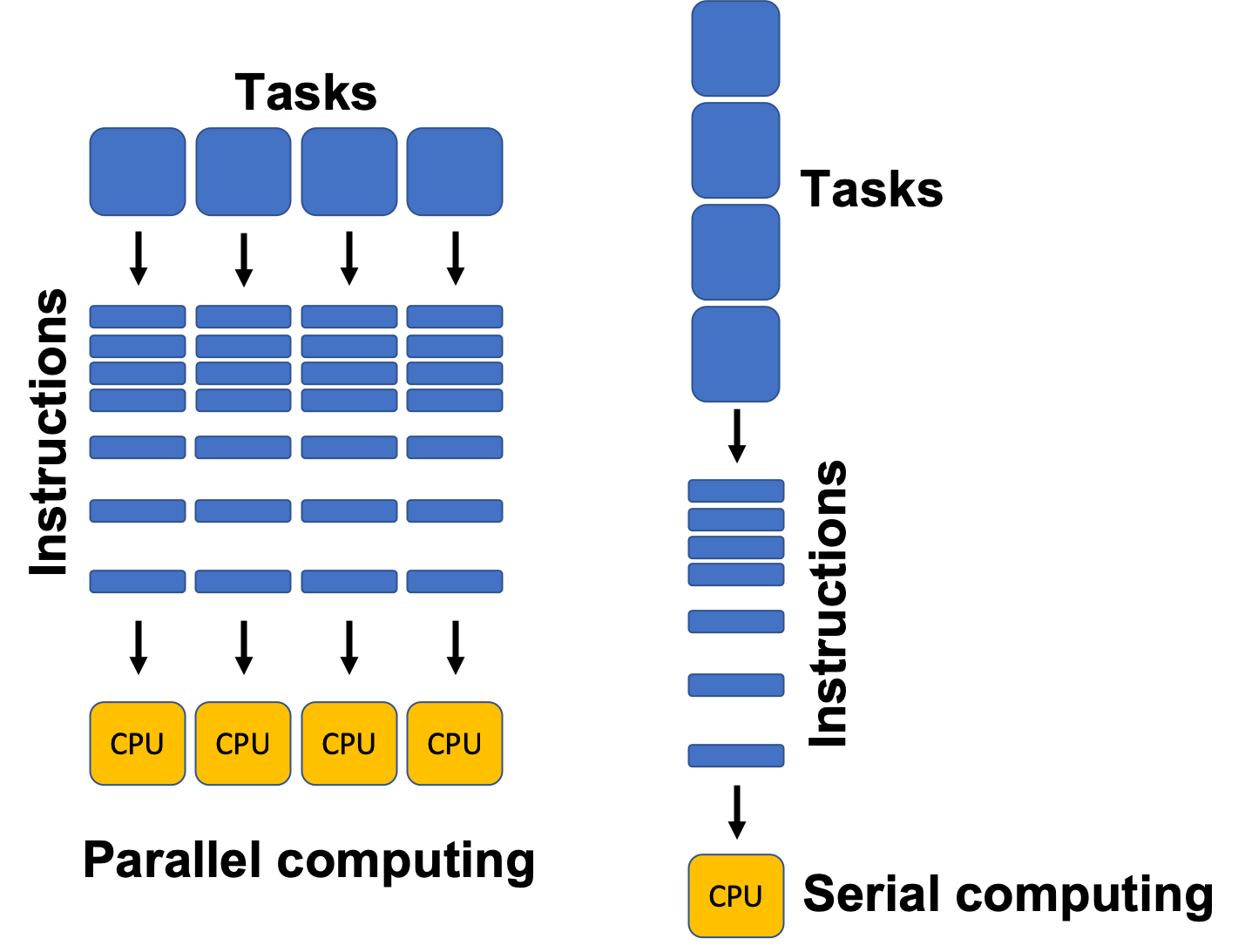Contribution to Stability and Accuracy
Advanced Mesh Generation Techniques:
- Block-Structured Grids: Align with complex geometries, reducing errors and improving stability.
- Unstructured Grids: Conform to irregular shapes, enhancing accuracy and maintaining stability.
Advanced Boundary Condition Implementation:
- Immersed Boundary Methods and Ghost-Cell Methods: Accurately apply conditions on complex geometries, ensuring stability.
Improved Numerical Methods:
- Higher-Order Schemes: Reduce numerical errors, especially near boundaries, contributing to stability.
- Implicit Time-Stepping: Enhances stability in complex geometries by allowing larger time steps.
Optimized Computational Resources:
- Parallel Computing and GPU Acceleration: Efficiently handle large datasets and complex geometries, reducing computation time and maintaining stability.
Enhanced Boundary Condition Formulation:
- Analytical Methods: Minimize approximation errors, leading to more accurate results and contributing to stability.
Software and Algorithmic Innovations:
- Advanced tools: Ensure boundary conditions are applied correctly, reducing instability risks.
Error Estimation and Adaptive Techniques:
- Error Estimation: Identifies high-error regions for refinement, improving accuracy and stability.
In detail
The techniques employed in Computational Fluid Dynamics (CFD) simulations significantly enhance both stability and accuracy, particularly when dealing with complex geometries. Below is an elaboration on how these techniques contribute to the overall performance of CFD simulations, with a specific focus on the roles of block-structured grids and unstructured grids.
Contribution of Techniques to Stability and Accuracy
1. Advanced Mesh Generation Techniques
Block-Structured Grids: These grids consist of multiple blocks that can be individually refined or adjusted. This structure allows for better alignment with complex geometries, reducing interpolation errors and improving solution accuracy. Block-structured grids are particularly effective in regions where flow characteristics change rapidly, providing a stable framework for numerical methods.
Unstructured Grids: Unstructured grids offer flexibility in representing complex geometries without the need for a regular grid pattern. This adaptability allows for finer resolution in areas of interest, such as near boundaries or obstacles, which enhances the accuracy of the simulation. The ability to easily conform to irregular shapes also helps maintain stability in the numerical solution.
2. Advanced Boundary Condition Implementation
- Techniques like immersed boundary methods and ghost-cell methods allow for the accurate application of boundary conditions on complex geometries. These methods help maintain stability by ensuring that the numerical algorithms can handle abrupt changes in the flow field without introducing significant errors.

3. Improved Numerical Methods
Higher-Order Schemes: These methods provide greater accuracy in capturing the flow behavior, especially near boundaries. By reducing numerical diffusion and dispersion, higher-order schemes contribute to the stability of the solution, particularly in turbulent flow scenarios.
Implicit Time-Stepping: This approach enhances stability in simulations involving complex geometries, allowing for larger time steps without sacrificing accuracy. Implicit methods are particularly beneficial in stiff problems where rapid changes occur.
4. Optimized Computational Resources
- Parallel Computing and GPU Acceleration: These strategies allow for efficient handling of large datasets and complex geometries, significantly reducing computation time. By distributing the workload, simulations can maintain stability even as the complexity of the geometry increases.

5. Enhanced Boundary Condition Formulation
- The use of analytical methods for boundary conditions minimizes numerical approximation errors, leading to more accurate results. This approach also contributes to stability by providing clear and consistent conditions at the boundaries of the simulation domain.
6. Software and Algorithmic Innovations
- Advanced simulation tools that incorporate robust algorithms for complex geometries ensure that boundary conditions are applied correctly and efficiently. This reduces the risk of instability caused by improper boundary condition implementation.
7. Error Estimation and Adaptive Techniques
- Implementing error estimation techniques allows for the identification of areas where numerical errors are high. By refining the mesh in these regions, the accuracy of the solution is improved, which in turn enhances the overall stability of the simulation.
Conclusion
The integration of these techniques in CFD simulations plays a crucial role in managing the challenges posed by complex geometries. Block-structured grids and unstructured grids are particularly beneficial, as they provide the necessary flexibility and precision to accurately capture flow dynamics while maintaining numerical stability. By leveraging advanced meshing techniques, improved numerical methods, and optimized computational resources, CFD simulations can achieve reliable and accurate results even in the most challenging scenarios.